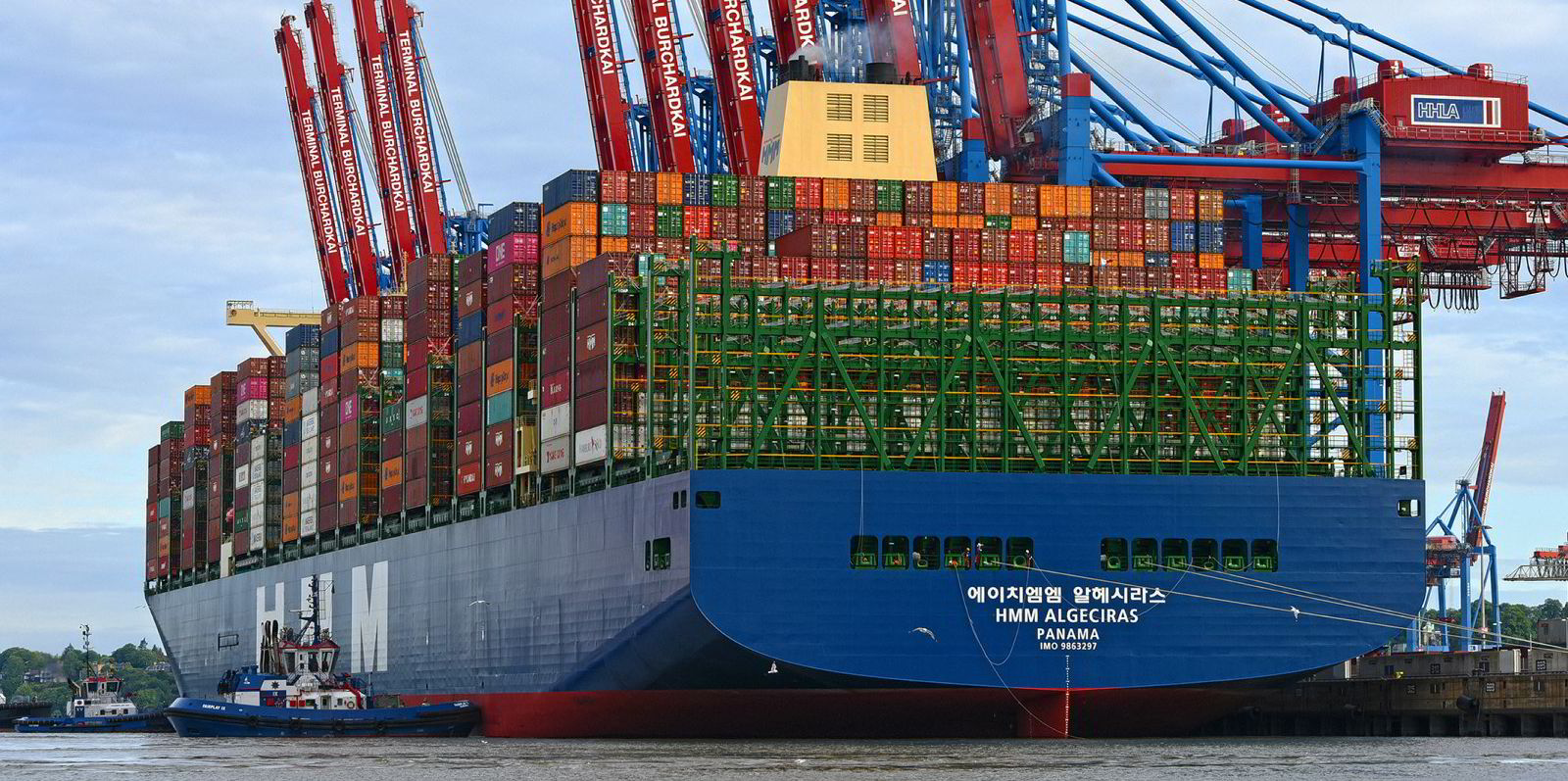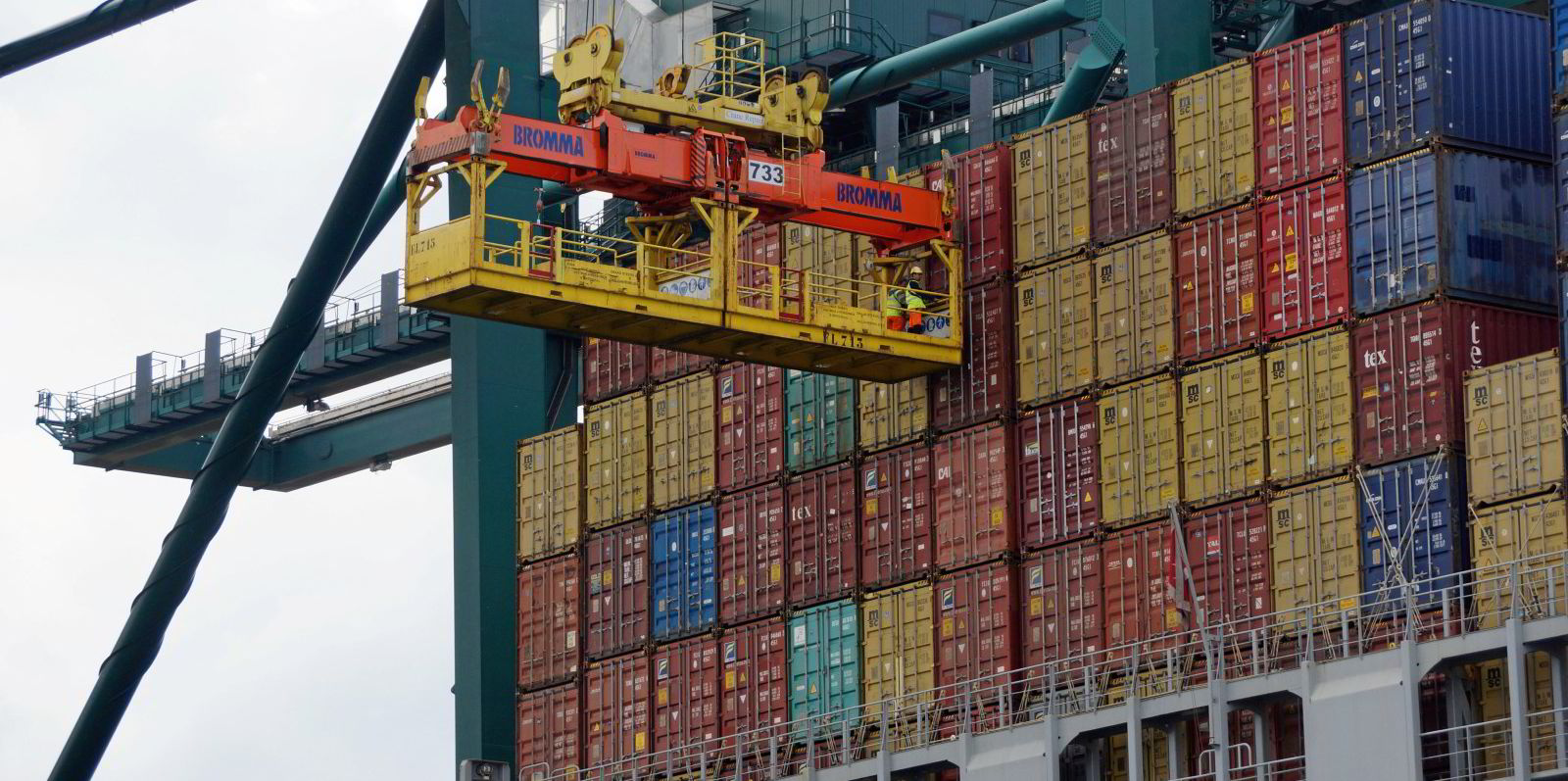Container freight rates are expected to remain at record levels, but the price shippers have to pay will vary.
The differences are greatest in the transpacific, where the spread between the lowest and highest rates has widened to $15,000 per 40-foot equivalent unit (feu).
That spread is reflected in widely differing rate estimates of freight index providers.
The highest rates are reported by the Freightos Baltic Index (FBX), where the spot rates from China to the US East Coast (USEC) are $21,686 per feu, as of 3 September.
That is nearly twice the rate of $11,138 per feu cited by the Shanghai Containerised Freight Index (SCFI) on 27 August.
The disparity between Asia and the US West Coast (USWC) is even greater, with FBX citing $20,188 per feu and the SCFI $5,949 per feu.
Other indices produced by Xeneta, Platts and Drewry list rates in between those two extremes.
Drewry’s rate on 2 September was $11,509 per feu for Asia-USWC and $15,035 per feu for the USEC equivalent.
No one rate fits all
Rather than any single index being right and the others wrong, all prices cited in the transpacific are valid, according to Erik Devetak, chief product & data officer of Xeneta.
But he suggested in a presentation that the price of freight depends on what kind of shipper you are, where you ship to and from, and how soon a container needs to be shipped.
He added that the transpacific has changed over six months from a single market to what is today “a clearly dissipated, fragmented market”.
The change has been accentuated by the growing importance of premiums and no-roll fees imposed by carriers.
Premiums are added to the base rate, known as Freight All Kinds, to guarantee space and equipment.
In the transpacific market, these can add $2,500 to the cost of shipping a container, a 40% premium.
But some shippers have “defaulted” from normal rates to “premium rates”, said Devetak. “The more attractive customers see both prices, and are able to ship on both prices.”
The shift in the transpacific market has “winners and losers”, he said.
The new dynamic favours shippers with larger volumes with which liner operators can deal directly.
Smaller transpacific shippers deemed “less attractive” face the prospect of coughing up about 20% more, or around $1,200 per feu, on the base rates.
High rates for 2022 and 2023

That has consequences for the profitability of smaller shippers that are unable to get the competitive prices.
If that trend continues, it could lead to further consolidation.
“Volume size is a really massive competitive edge in this market, especially if you have long-standing relationships with the shipping lines,” said Patrik Berglund, chief executive of Oslo-based Xeneta.
“I’m really concerned that if this lasts and stays, the big players can eat even more market share, as the infrastructure is tailored in favour of big players.”
That is disconcerting to smaller shippers, which may face high costs for the next two years.
Indicative forward freight agreement (FFA) rates for some transpacific routes for October are close to $30,000 per feu.
“It’s a symptom of a new market. There’s a premium on locking in stability in the moment,” said Peter Stallion, a container FFA broker with Freight Investor Services.
There are few signs of things easing until the end of the year.
Even towards the end of the year, indicative freight rates are priced in FFA markets at historically high levels.
All-in rates from Asia to USWC are $11,000 per feu for a 2022 contract and $9,000 per feufor 2023.
“This is the highest it’s been ever — and will pull back as the spot market does,” Stallion said.
“If sellers [ocean liners] want to secure good hedges, it’s better if they do it now.”
The huge spread in freight rates priced to shippers is a recent phenomenon that is reflected by different index providers.
The FBX reports the highest rates because it reflects prices reported by small freight forwarders and quick turnaround times.
Cheaper rates are generated from ports of origins in China. That partly explains why the SCFI reports lower prices than indices that measure rates from more expensive ports in the Far East.







